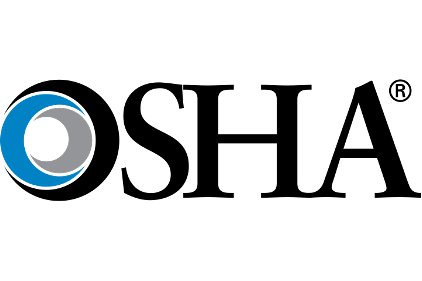 From The West Virginia Record
From The West Virginia Record
Use of temporary employees has become common. Work injuries to temps is due in part to a lack of communication and confusion regarding the responsibilities of the host employer and the temporary employer regarding the health and safety of temporary employees.
A temp agency often assumes the host employer provides all relevant safety training without taking an active role in ensuring a safe workplace for their temporary employees. A host employer might assume that the temp comes to its worksite well-trained, qualified, and with all necessary hazard training to do the assigned job without ensuring this to be the case.
This failure to work together and to each take an active role in training temps can lead to serious injuries and fatalities. The consequences are costly for both employers, as the law will hold both responsible for failures to comply with health and safety regulations.
OSHA started a “Temporary Worker Initiative” (“TWI”) last year to address concerns that temps are at an increased risk of work-related injury and illness. OSHA’s website specifically its concerns:
* Temporary workers are often not given adequate safety and health training by either the temporary staffing agency or the host employer.
* Some employers may use temporary employees as a means to avoid compliance obligations under the OSH Act;
* Temporary employees get placed in a variety of jobs, including the most hazardous jobs;
* Temporary employees are more vulnerable to workplace hazards and retaliation than their permanent co-workers; and
OSHA issued a memorandum on July 15, 2014 providing guidance to its field staff regarding its enforcement policy in temporary employment situations. It reiterates that OSHA considers the staffing agency and the host employer to be “joint employers” of temporary employees. Each employer bears responsibility for compliance with the Occupational Safety and Health Act and its regulations.
The employers may divide responsibilities in a contract, but the contract’s allocation of responsibility might not always discharge either employer’s obligations. Responsibilities for safety and health of the temporary employee often overlap.
In general, a host employer has primary responsibility to determine what hazards exist in its workplace and to comply with worksite-specific requirements. But OSHA’s memo makes it clear that the temporary employer must diligently inquire into the conditions present at the host employer’s worksite and ensure they are not sending their workers to workplaces where hazards exist from which they are not protected or on which they are not trained.
The July 15th OSHA memorandum and OSHA’s website provides the following guidance:
* Both employers should jointly review task assignments and any job hazard analyses to identify and eliminate potential dangers and provide the necessary protections and training.
* Host employers must treat temporary workers like any other workers in terms of training and safety and health protections.
Temporary and host employers should clearly outline in a written contract the respective responsibilities that each will assume for the health, safety, and training of the temporary employee.
Plus, host employers should provide the same training and hazard communication to temporary employees that they provide to their regular employees.
Temporary employers should insist on inspecting the workplace to ensure host employers provide all necessary safety training and hazard communication, as well as in compliance with all applicable health and safety regulations.








